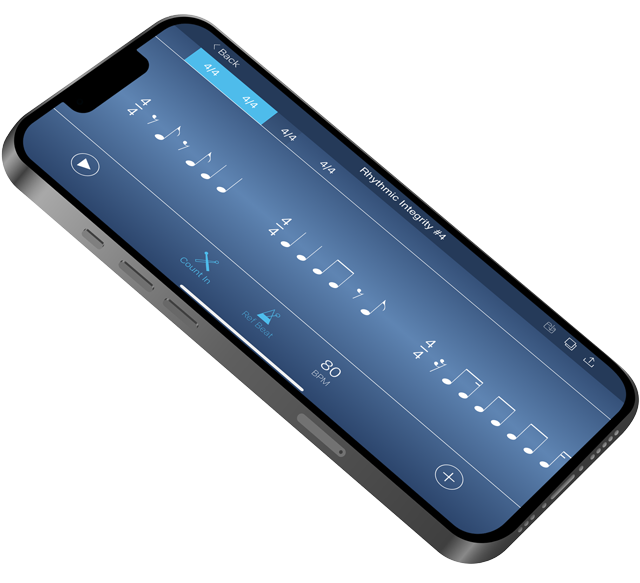Improving Your Timing
- SYNKD Admin

- May 16, 2018
- 3 min read
Time. It’s such a simple concept but such a hard thing to understand. One can never have good enough time; we are human after all. The following 13 exercises are designed to both test and improve your sense of time. For these exercises we'll be using the “Time Test-2 Bars” Rhythm Chain from the “Timing Chains” Rhythm Pack.

By having the click on for one bar and off the next, you will be forced to use your time not to fall out of sync. Any fluctuations will be immediately apparent when the click comes back in on the following bar.
These are a lot more challenging than they look. Slow is the way to go. Setting the tempo slow is actually harder in this case as there is more space that you need to be in control over.
The first four exercises use alternating bars of eighth notes and triplets. By shifting gears in the second bar, your clock is forced to kick into gear.
1. We're going to use single strokes for this first exercise. Nothing fancy- focus on even strokes and even time.

2. Next up are double strokes. Again, evenness is key.

3. Now we're going to use a mixed sticking featuring paradiddles.

4. Finally, we're going to go hand-to-hand with some larger groupings; four on a hand for the eighth notes and three on a hand for the triplets.

These next six exercises are going to get a bit more interesting by alternating between triplets and sixteenth notes.
5. Once again we are going to star with single strokes. A few interesting things can happen here. Since the sticking is hand to hand in the triplets and a single hand lead in the sixteenth notes, things can get a bit iffy when changing at first. As with everything...GO SLOWLY.

6. Doubles. Just like in Exercise 2, we are going to switch gears using doubles. There is a tendency to rush the sixteenth notes. Relax.

7. Paradiddles. Now we start to get into the fun stuff. By using a paradiddle sticking over a triplet rhythm we are forced to start the second bar with the opposite hand.

8. Now let’s use another hand-to-hand pattern. Three notes per hand in the triplets and four notes per hand in the sixteenth notes. Again, focus on evenness and time. Nail the click when it comes back in.

9. Let’s flip the sticking from the previous exercise. Now we'll do four on a hand for the triplets and three on a hand for the sixteenth notes. This forces the sticking to start in different parts of the beat. And just to round out the second bar, we threw in some doubles just for fun. Remember to count!

10. This exercise in this section utilizes paradiddle-diddles. To round out the second bar there is a paradiddle just because it feels good and forces your other hand to lead the next time around.

These final three exercises are all based on sixteenth notes and a four bar phrase. With each bar we are going to shift (displace) the accent forward by a sixteenth note. If you haven’t mastered the previous 10 exercises, go back and put some more work in. One must walk before they can run.
11. We are going to start with single strokes. Notice that in the second(silent) bars the accent is forced to the non leading hand.

12. Now we can make this sticking a bit more interesting. With each bar we displace the paradiddle forward it will, as a result, cycle through all possible positions.

13. This final exercise is based on the previous but we're always going to end the fourth grouping of each position with a five note sticking. This allows us to start each position on the leading hand.

We hope these exercises gave you some new ways to work on your time. And remember, going slow is key here.



Comments